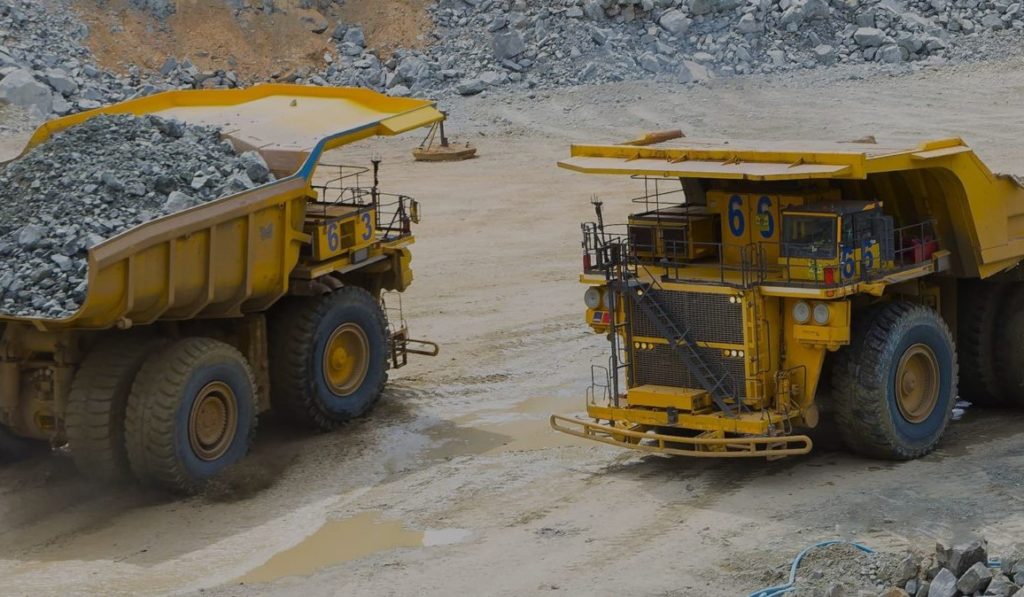NPROXX is currently completing the manufacture of an innovative new hydrogen fuel tank system that is designed to power the world’s largest FCEV mine haul truck at Mogalakwena, the Anglo American open pit PGM mine in South Africa. Once it has been delivered, installed onto the vehicle and qualified, the hydrogen tank system will drive a Ballard Power Systems fuel cell module paired with a WAE scalable high-power modular lithium-ion battery system to help provide a zero-emission haulage solution.
Anglo American has set out ambitious carbon related targets, including publicly committing to carbon neutrality across its global operations by 2040. Given that large trucks currently account for over 70% of diesel consumption on-site, switching from diesel to hydrogen will help move the company closer to its goal of operating carbon neutral mines.
Johannes Lorenz, Director Marketing & Sales at NPROXX, said: “The move from diesel to hydrogen power makes perfect sense for Anglo American. Hydrogen-powered drivetrains are capable of generating the power which these vehicles need. Doing this will help to reduce Anglo American’s use of fossil fuels for these activities. We believe that this project will provide a successful template for Anglo American to roll out hydrogen-powered solutions into other large vehicles at other sites around the world.”
Anglo American turned to NPROXX to develop a tank system that could safely and cost-effectively store enough hydrogen at high pressure to power the fuel cells. As well as meeting the challenge of producing the pressure vessels and siting the tanks within the vehicle’s frame, NPROXX also designed and delivered a unique pipework and refueling system that could support multiple tanks on the vessel at pressures of up to 350 bar. The main challenge has been ensuring the development of a safe and robust system for the mining application, this is from the hydrogen generation all the way through to using hydrogen safely on the vehicle.
Lorenz commented: “In a mine there are uneven roadways and therefore the vehicles themselves are very robust, and so, naturally, they require an equally robust system for storing hydrogen.” The converted Komatsu 930E has a 291 t payload with front wheels having a diameter of around 4 m, it is also 7.5 m high and weighs over 200 t when empty. “The power required to drive such a vehicle and keep it operational throughout the demanding cycles of operation is significant.”
Delivery of the power plant module to South Africa has been slightly delayed because of the COVID-19 pandemic, but NPROXX expects the vehicle to be operational in the second half of 2021.
As well as the hydrogen tank system, which is entirely designed and built by NPROXX, the pressure vessels used to store the hydrogen in the refuelling station have also been provided by NPROXX. “Our expertise in producing cylinders that perfectly match reliability, quality, safety and cost efficiency made us the natural choice for the contractor delivering the refuelling station” adds Lorenz. “We have provided them with two 20 ft tanks which will operate up to 500 bar pressure to store hydrogen from the electrolysers that will ensure an ever-ready, sustainable fuel supply for the truck.”
Anglo American will generate hydrogen from electrolysis on site, using renewable power sources, to power the truck. Anglo American and Engie are currently building a demonstration facility in South Africa, including a 3.5MW electrolyser to produce hydrogen on site. It has a capacity to produce up to 1 t per day. Producing hydrogen to fuel the truck on site will eliminate the reliance on importing fuels and generate further cost savings.











